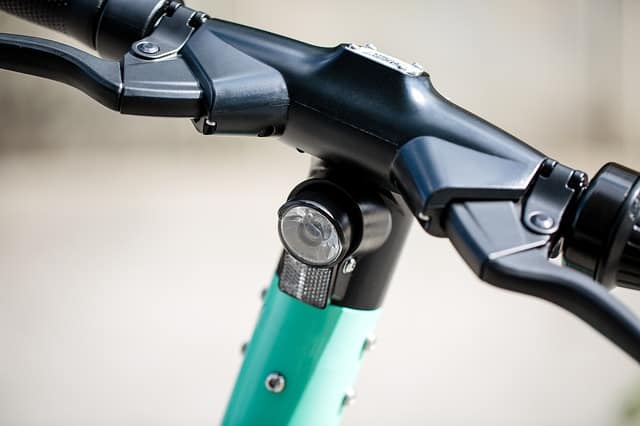
Content approved by Jerry Parker Newer technology is creating a wide variety of transportation options, many of which have a broad appeal for people of all ages. One of the newer forms of transportation that is gaining popularity in many cities is the electric scooter. These seemingly harmless scooters charge with a dock, making it […]
Content approved by Jerry Parker
 Newer technology is creating a wide variety of transportation options, many of which have a broad appeal for people of all ages. One of the newer forms of transportation that is gaining popularity in many cities is the electric scooter. These seemingly harmless scooters charge with a dock, making it simple to grab one and go whenever you’re ready. Once you’re on an electric scooter, you can travel up to 15 miles per hour to get to your destination. Although e-scooters are fairly user-friendly and environmentally friendly, they also carry some accident risk for users, which can lead to a variety of injuries.
Newer technology is creating a wide variety of transportation options, many of which have a broad appeal for people of all ages. One of the newer forms of transportation that is gaining popularity in many cities is the electric scooter. These seemingly harmless scooters charge with a dock, making it simple to grab one and go whenever you’re ready. Once you’re on an electric scooter, you can travel up to 15 miles per hour to get to your destination. Although e-scooters are fairly user-friendly and environmentally friendly, they also carry some accident risk for users, which can lead to a variety of injuries.
Before hopping onto a motorized scooter, take a few steps that can help you avoid accidents and injuries. Read the instruction manual from cover to cover before you ride your e-scooter so you are completely familiar with the device and how it works. Practice riding the scooter in a protected area away from traffic, such as in your driveway or the sidewalk in front of your house. Don’t progress to riding on the street in traffic until you are totally familiar with the scooter. Know any local laws for electric scooter use, and follow these laws carefully. For example, it’s customary for electric scooters to travel in bike lanes. You must also obey all laws and street signs as you ride.
It may seem like a motorized scooter is a lot like a bike. However, riders are more likely to be injured while riding a scooter than while riding a bicycle. The first reason for this is that people are far less familiar with motorized scooters than they are with bikes. Seeing an electric scooter on the street can take motorists by surprise. Scooter tires are also much smaller than bike tires, which means that scooter tires can’t maneuver over and around debris and obstacles in the road the way bike tires can. Some scooter tires are lower-quality, too, which means that they will slide around in slippery conditions. Braking technology on less-expensive scooters can be unreliable, leading to accidents. The visibility of scooters is also a factor in accidents and injuries. Because scooters are closer to the ground, lights are much lower on scooters than they are on bicycles, making it difficult for motorists to see them.
Head and neck injuries make up about 28 percent of all e-scooter injuries. Riders can also sustain contusions, abrasions, lacerations, fractures, and internal organ injuries from scooter accidents. The age group suffering the most injuries from motorized scooters is those ages 17 and younger. People 18 to 44 years of age are the second-most-injured group. Reckless use of scooters tends to correlate directly with the likelihood of injury, with riding at high speeds, having more than one rider on a single scooter, and not wearing a helmet among the most common causes of scooter injuries.
If you ride an e-scooter, follow the appropriate safety rules. Always ride your scooter alone, without extra riders on it. Always wear a helmet while you ride; knee and elbow pads are also helpful for preventing injuries. Don’t distract yourself while you’re riding by using your phone or listening to music. You need to focus on the road, where you’re going, and what’s going on around you. Don’t ride your scooter in the rain or in areas where the pavement may be wet or slippery. Always start slowly as you’re learning how to ride. And even when you’re an experienced user, don’t ride faster than is appropriate for traffic, weather, and road conditions.


